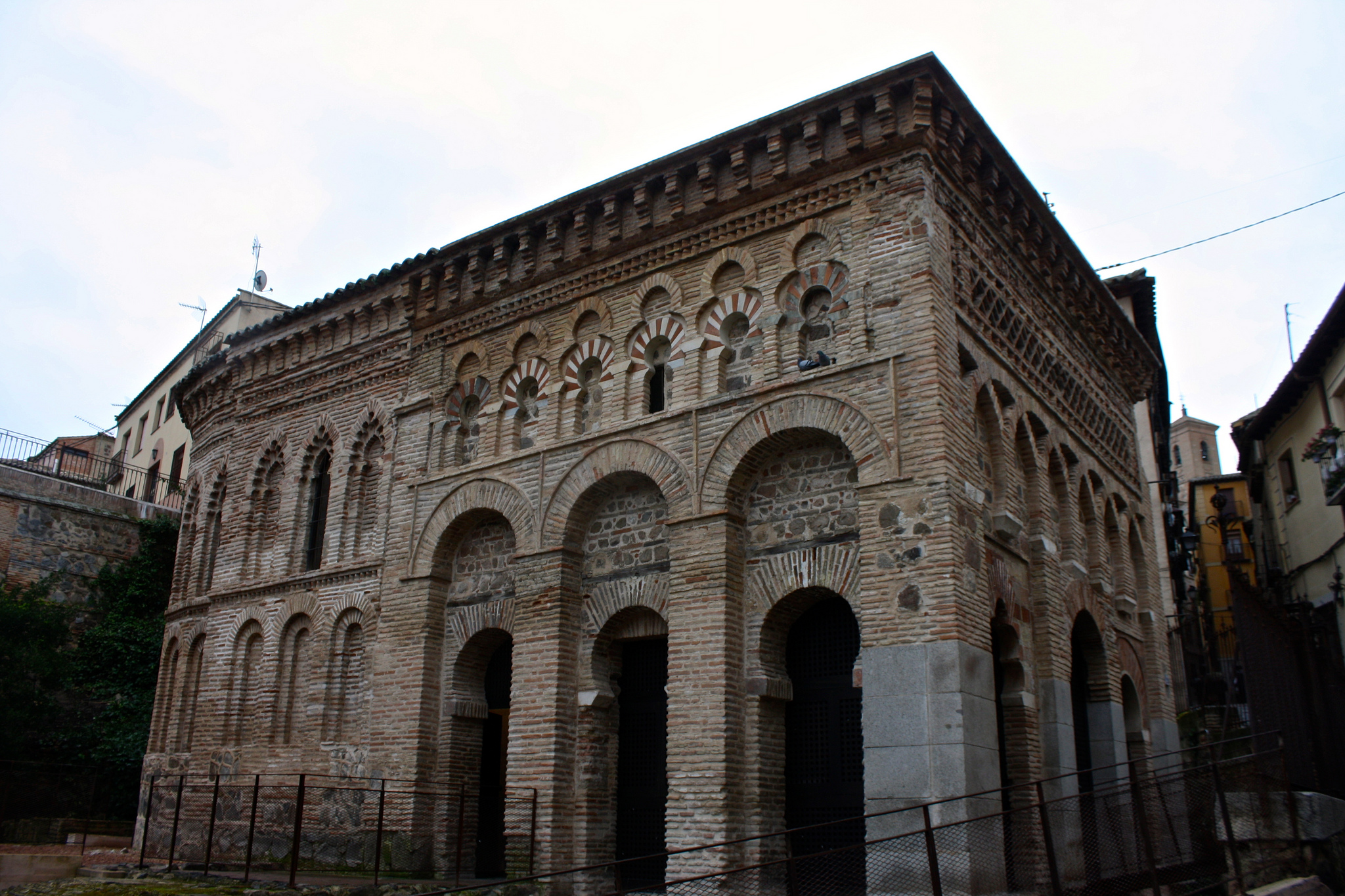The city of Toledo, Spain is famous for its ethnic, cultural and religious diversity; the latter represented by the many churches, synagogues and mosques that dot the cityscape of this fascinating and very historically significant municipality. One of these structures is the Mezquita Cristo de la Luz, a former mosque that is now a very popular attraction for tourists visiting the Toledo region of Spain. In the following article we will provide an overview of the Mezquita Cristo de la Luz, including some information regarding its history and architectural features.
Mezquita Cristo de la Luz: Overview
The Mezquita or “Mosque” of Cristo de la Luz is a former mosque in Toledo, Spain, and the only mosque still standing out of the ten that once existed in the city during the Moorish period. Back then it was known as the Mezquita Bab-al-Mardum, a name derived from the city gate of the same name. It is located in a sector of Toledo that was formerly known as Medina, near the Puerta del Sol where wealthy Muslims once lived and congregated.
History
Some of the history behind the construction of the Mezquita Cristo de la Luz can be ascertained by the Kufic inscription etched on the building’s southwest façade: Bismala, which translates to “in the name of Allah.” Using his own money, a man by the name of Ahmad ibn Hadidi financed the construction of the mosque, believing the gesture would earn him a reward in paradise from Allah. It was built under the direction of two architects: Musa ibn Ali and Sa’ada, and completed in the year 999 AD.
According to legend, when King Alfonso entered the city of Toledo in 1085, his horse knelt before the door of the Mezquita Cristo de la Luz, and a shaft of light led the king to a figurine of the crucified Christ, which had been hidden for centuries. It is said that he left his shield at the mosque with the inscription, “This is the shield which the King Alfonso VI left in this chapel when he conquered Toledo, and the first mass was held here.”
In 1186, after Toledo was conquered, King Alfonso VIII gave the building to the Order of St. John. The mosque was renovated, including the addition of an apse, and was renamed the Chapel of the Holy Cross (Ermita de la Santa Cruz).
Architecture
Being that the Mezquita Cristo de la Luz was built in 999, its fine and well-preserved condition is really rather amazing. It is a small structure, 8 meters x 8 meters, and square in its design. It features four sturdy columns, each capped with Visigoth capitals, which divide the interior of the structure into nine compartments or bays. Each of these compartments is covered by a vault with a distinctive rib deign that is unique unto itself. All of the designs adhere to the fundamental premises of Islamic design, with ribs that never cross in the center, an inspiration seen often in other Muslim designs. Some of these carvings are rectangular in nature, while others feature a more curved pattern. The middle or central vault rises higher than the other eight and serves as a type of cupola for the building.
The mosque is built of brick and small stones. These construction materials reflect not only the local building tradition of the time, but an influence from the caliphate in Cordoba. This influence is especially noticeable in the brickwork of the façade, which resembles the facades seen at the Cathedral-Mosque of Cordoba.
The Mezquita Cristo de la Luz is open year round and guided tours are available upon request. The physical address for the building is Cristo de la Luz, 22, 45002 Toledo, Spain.



